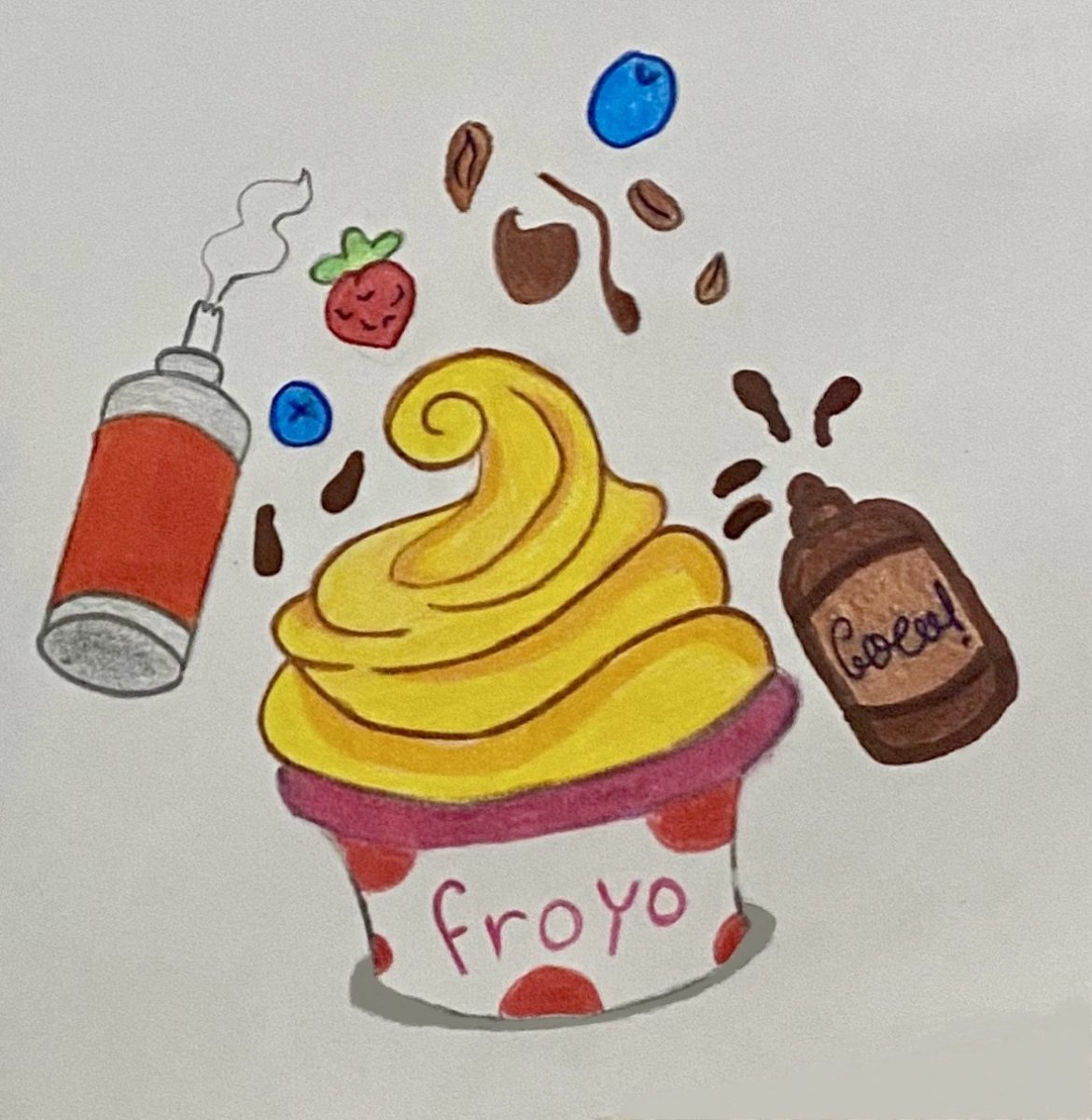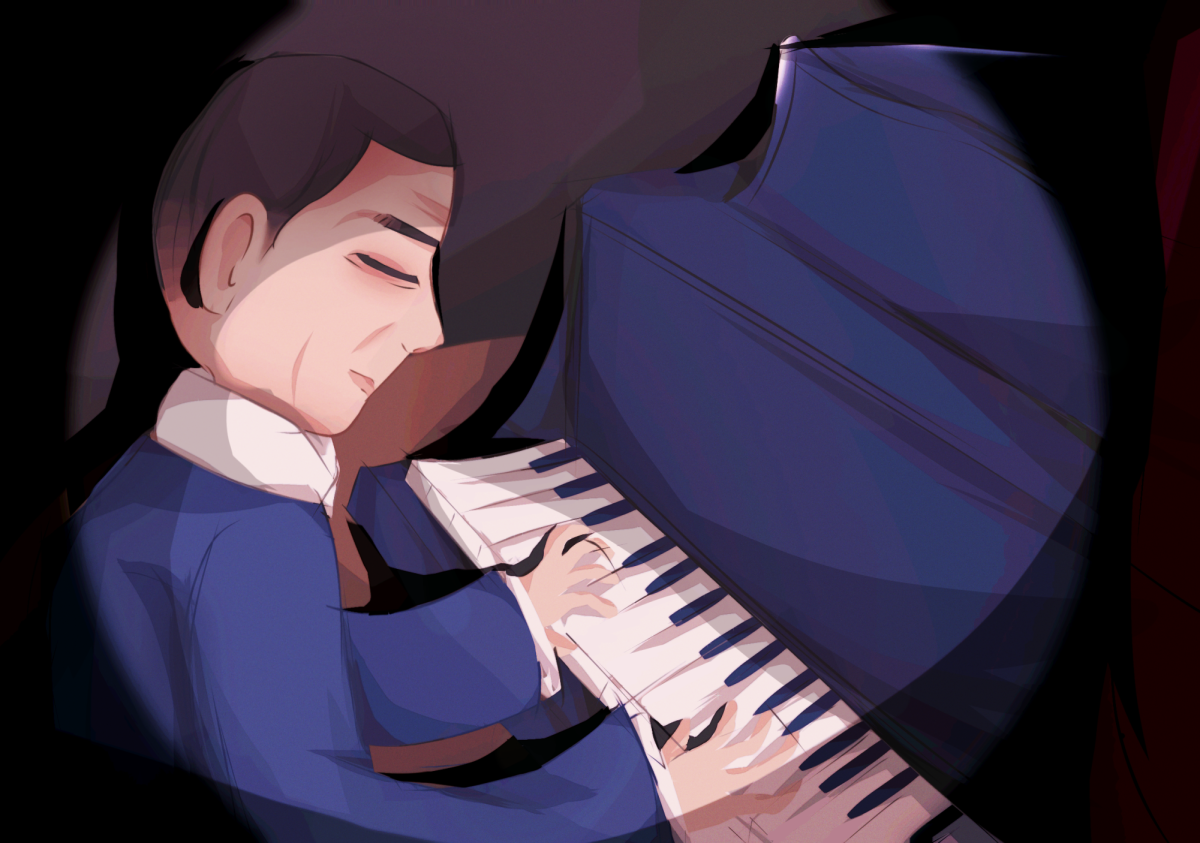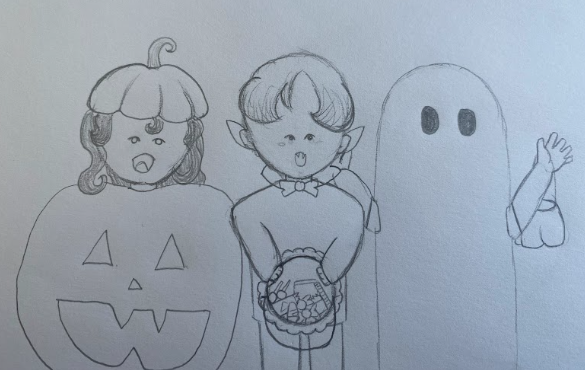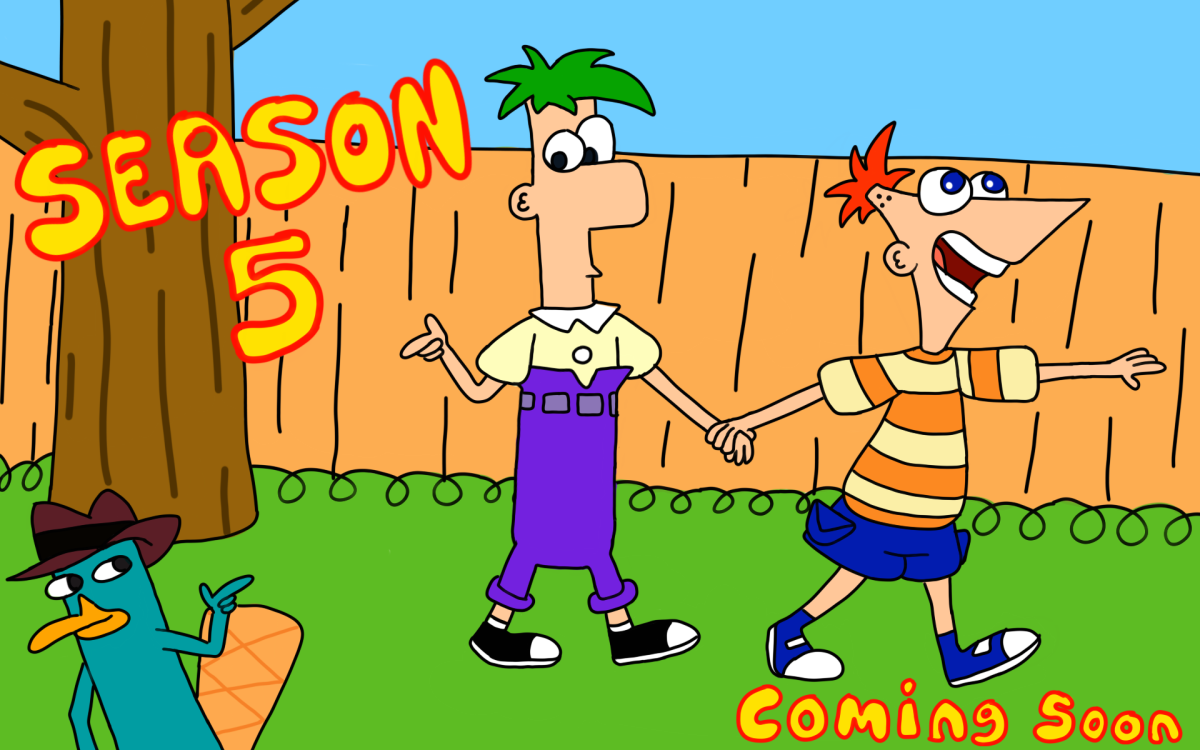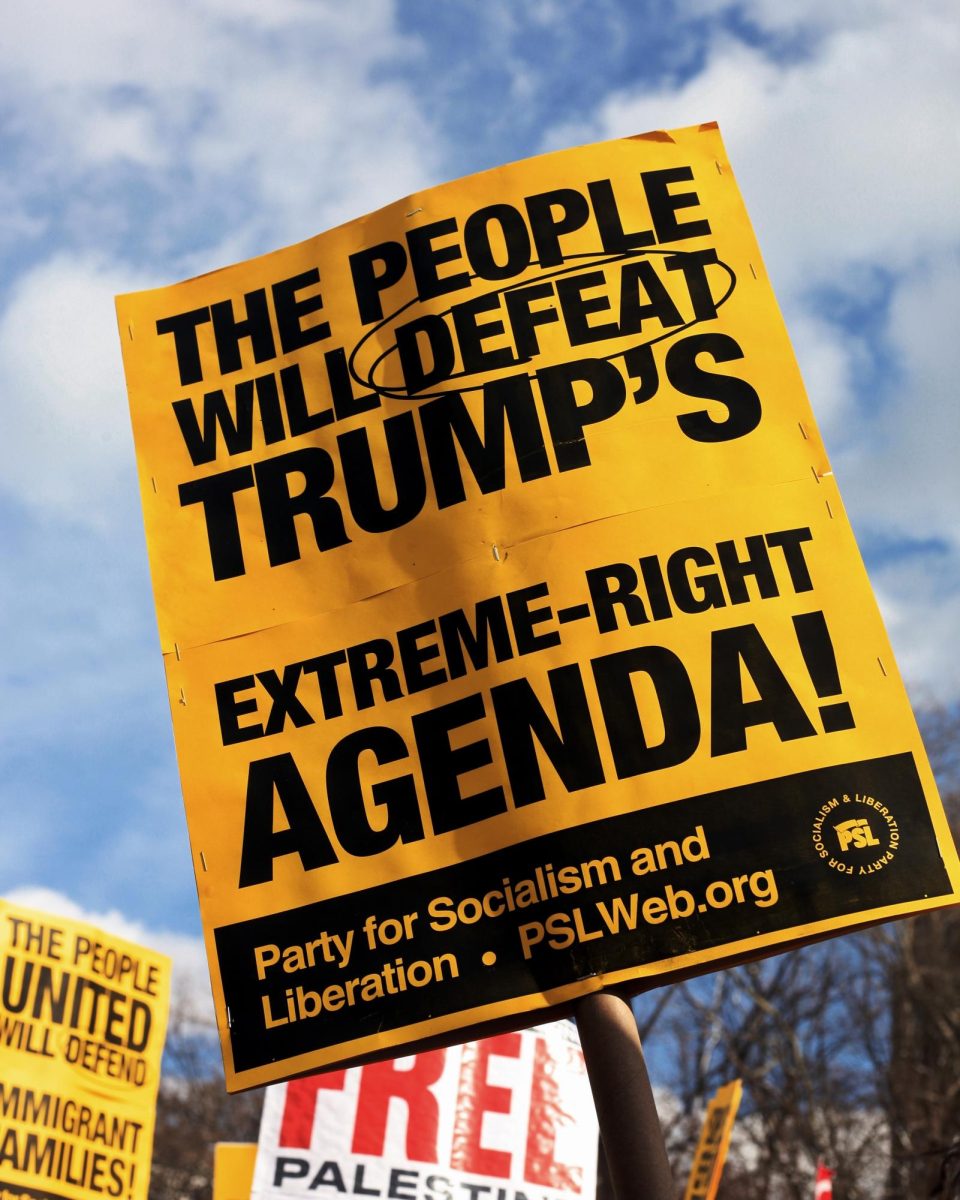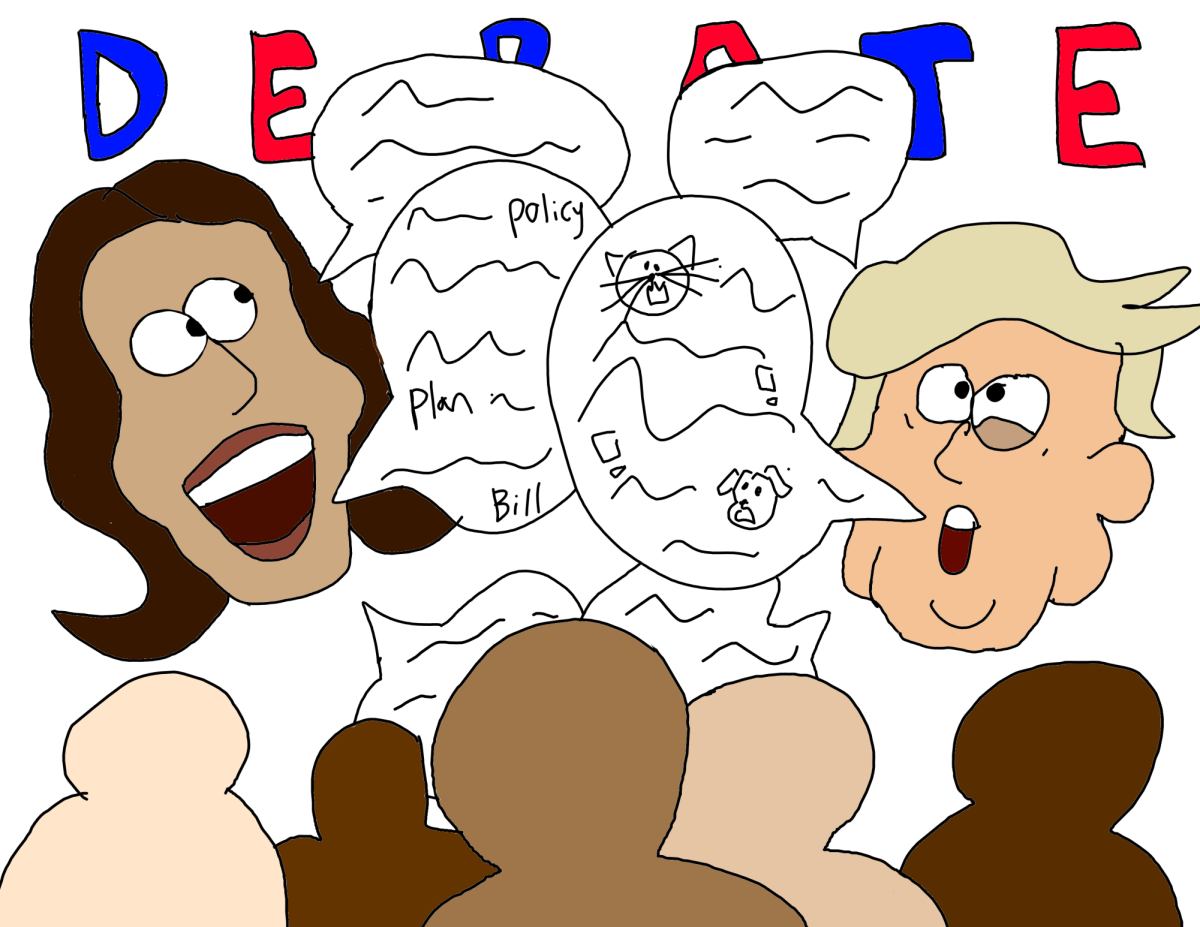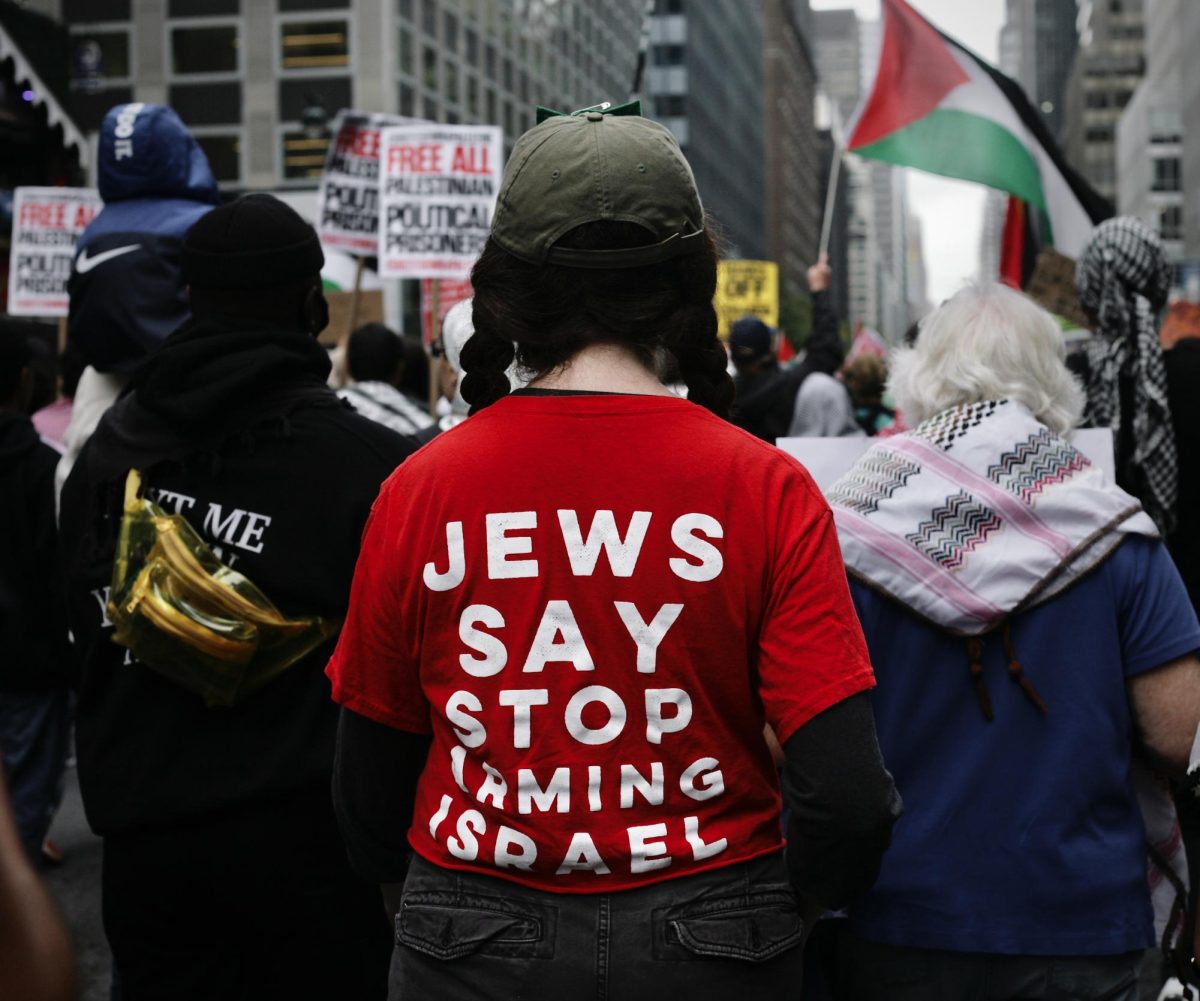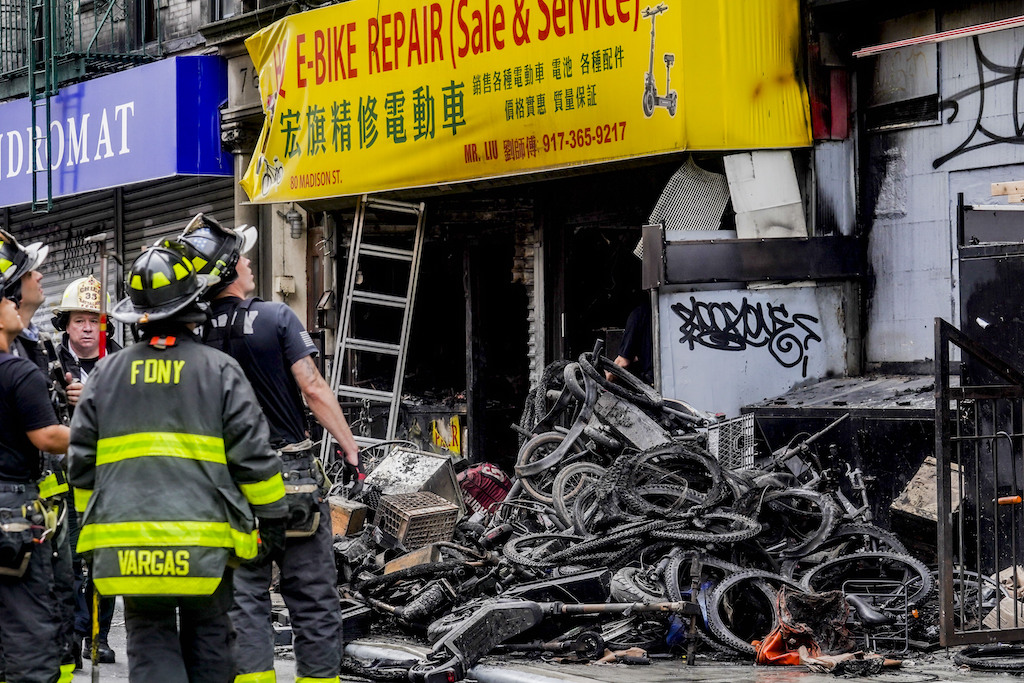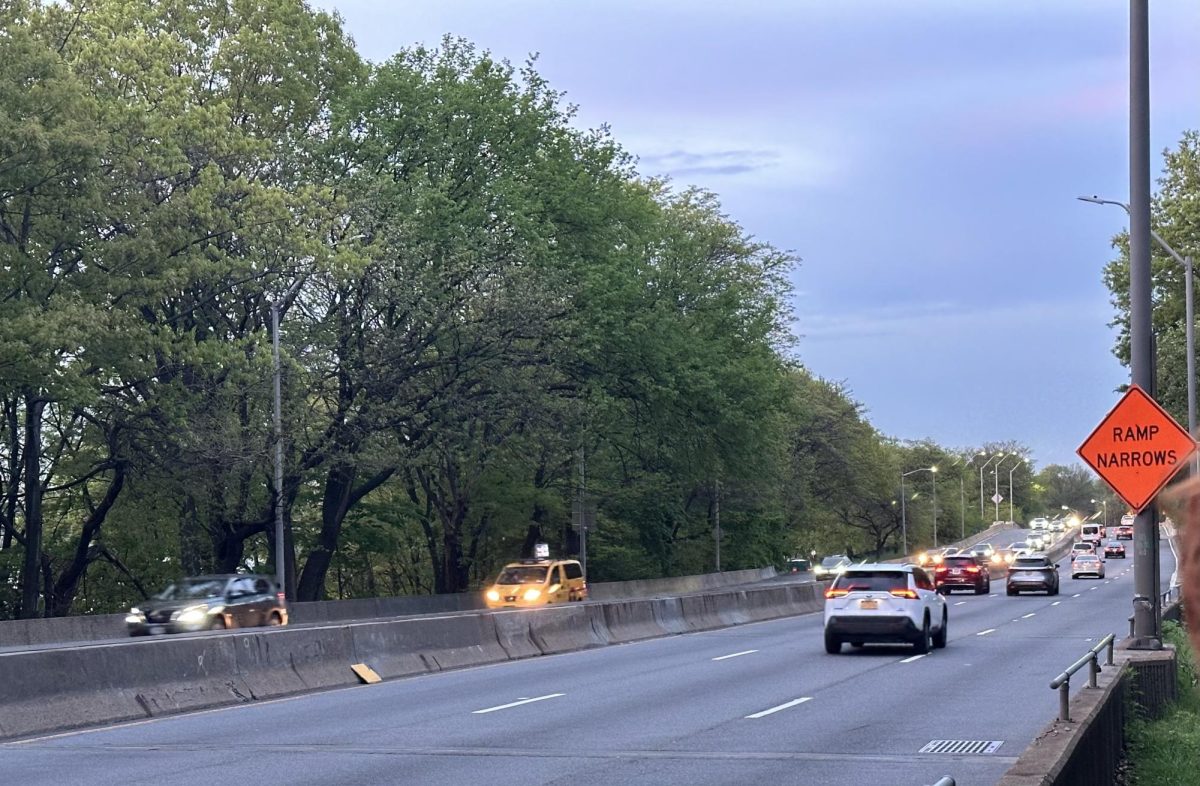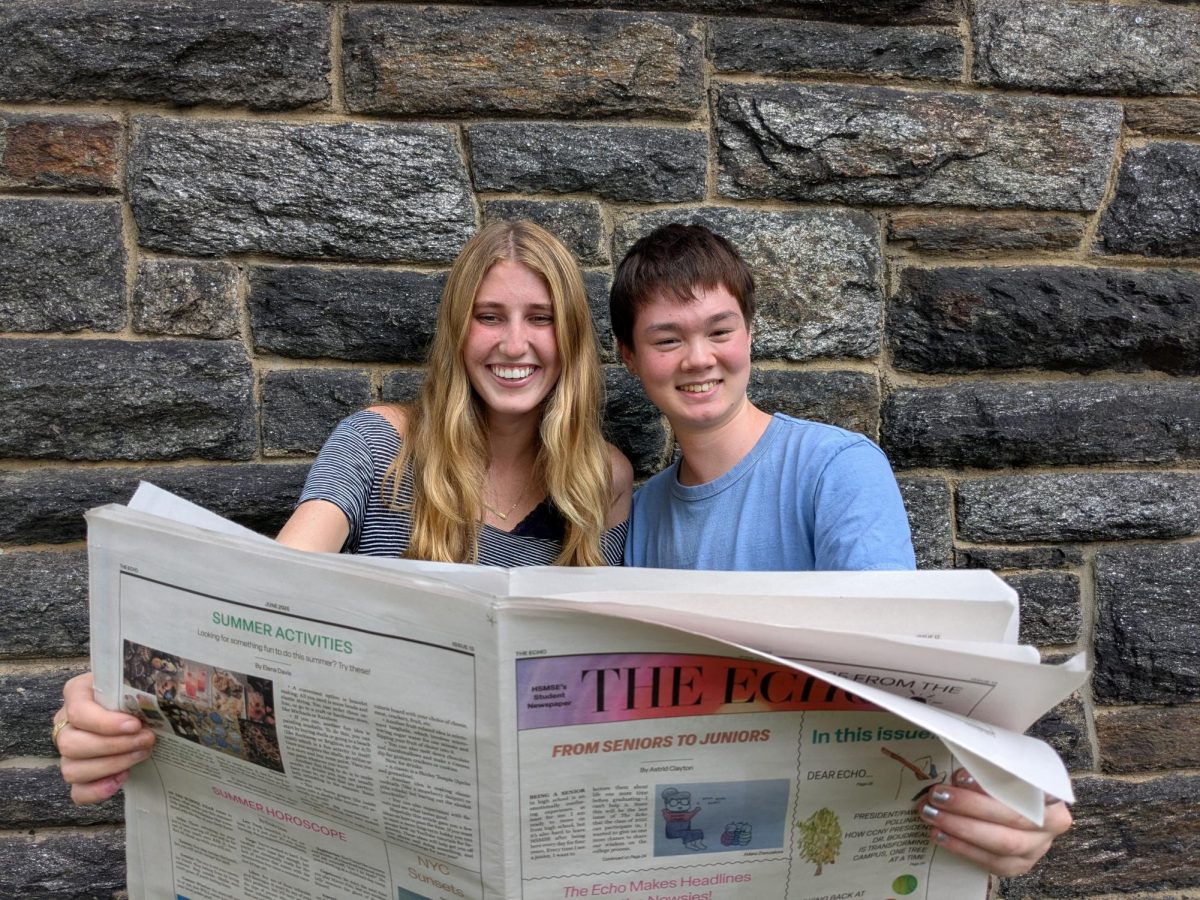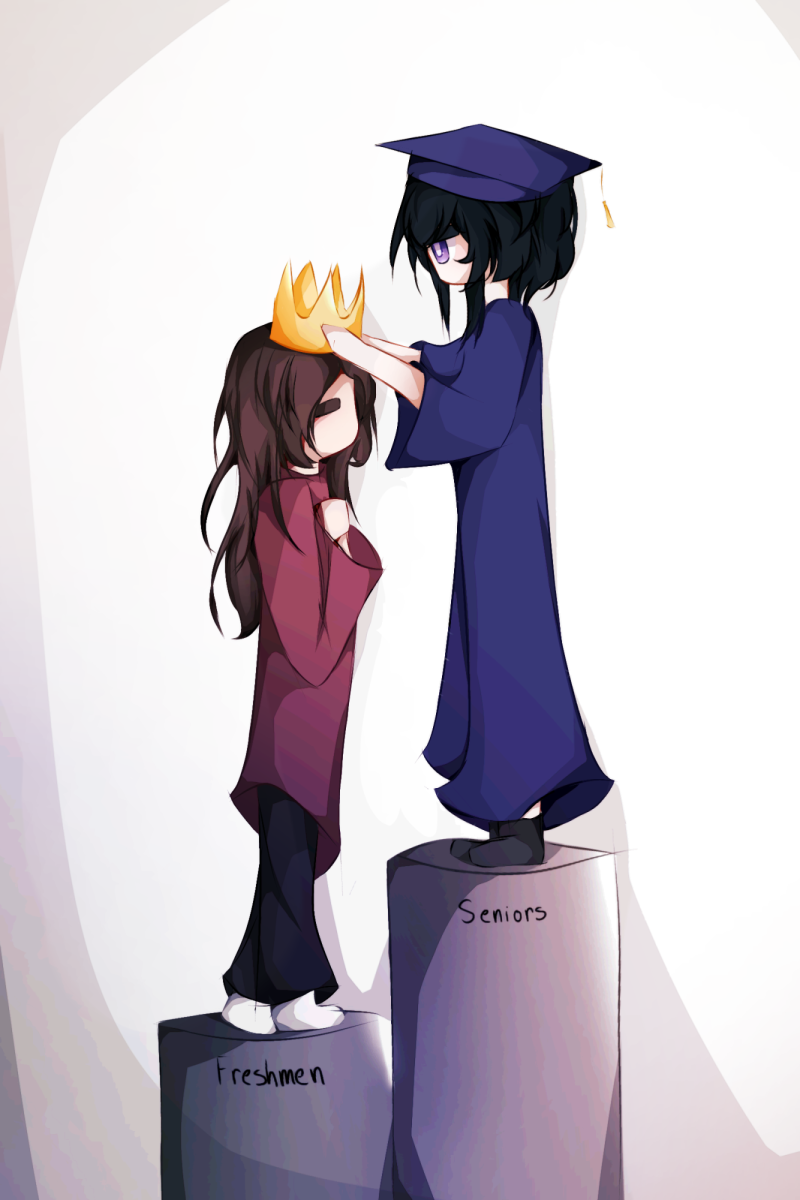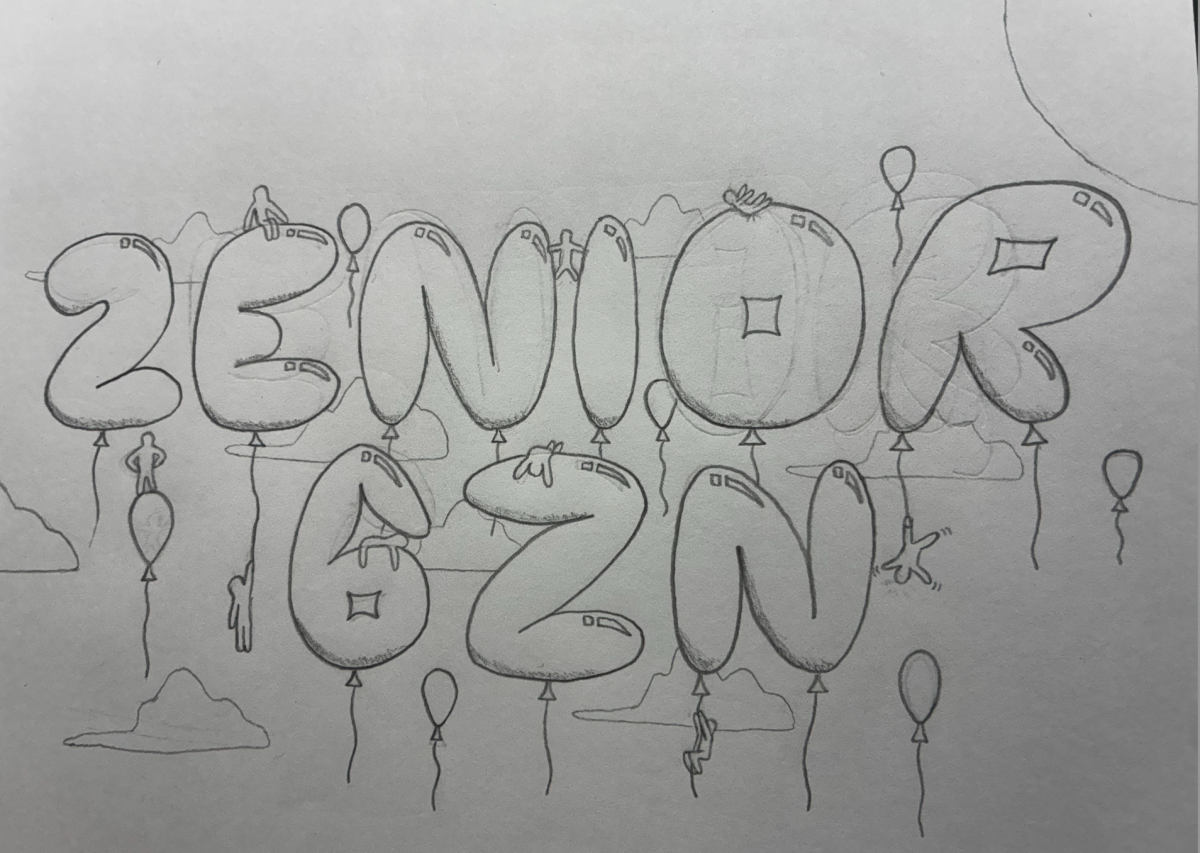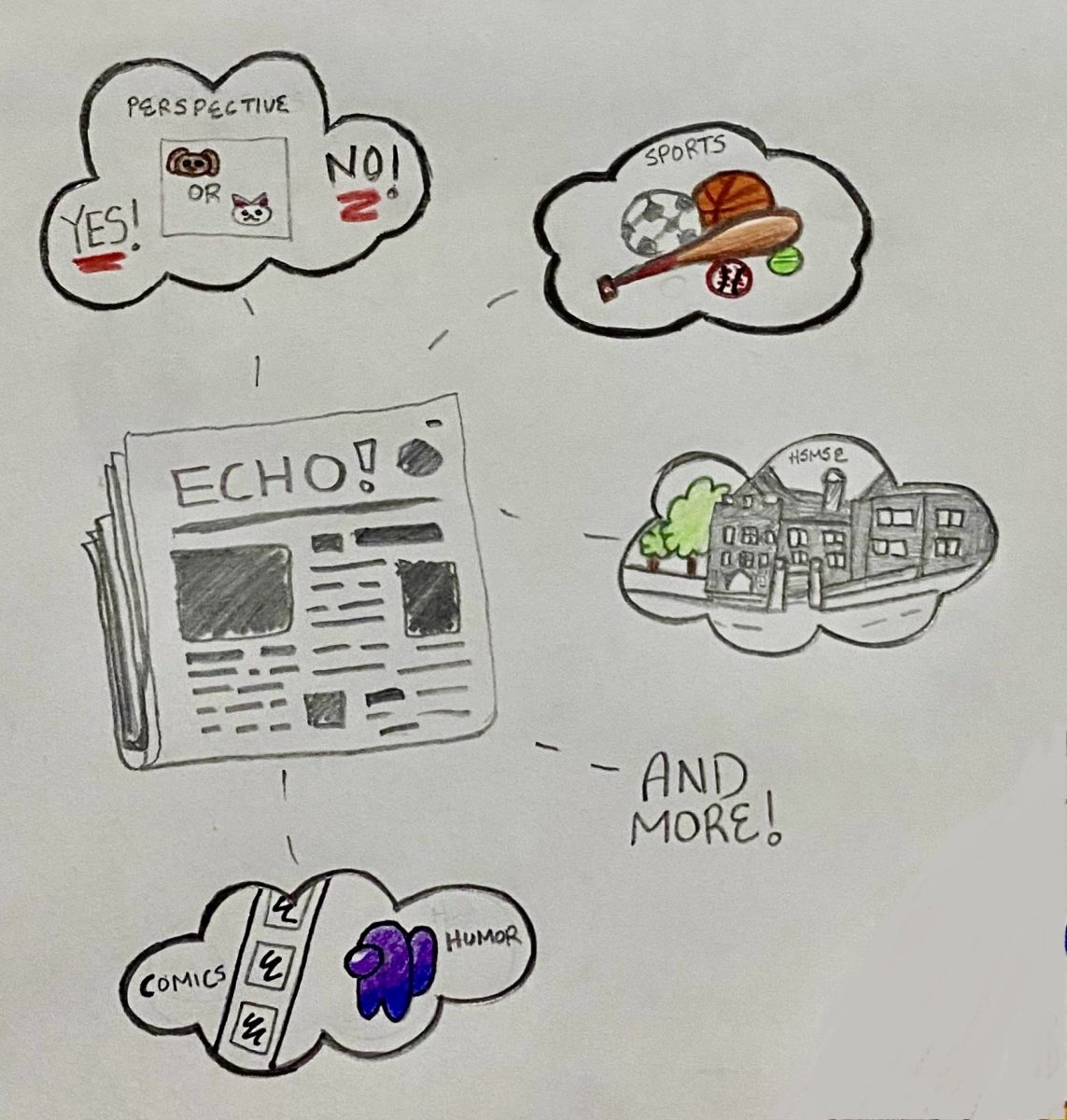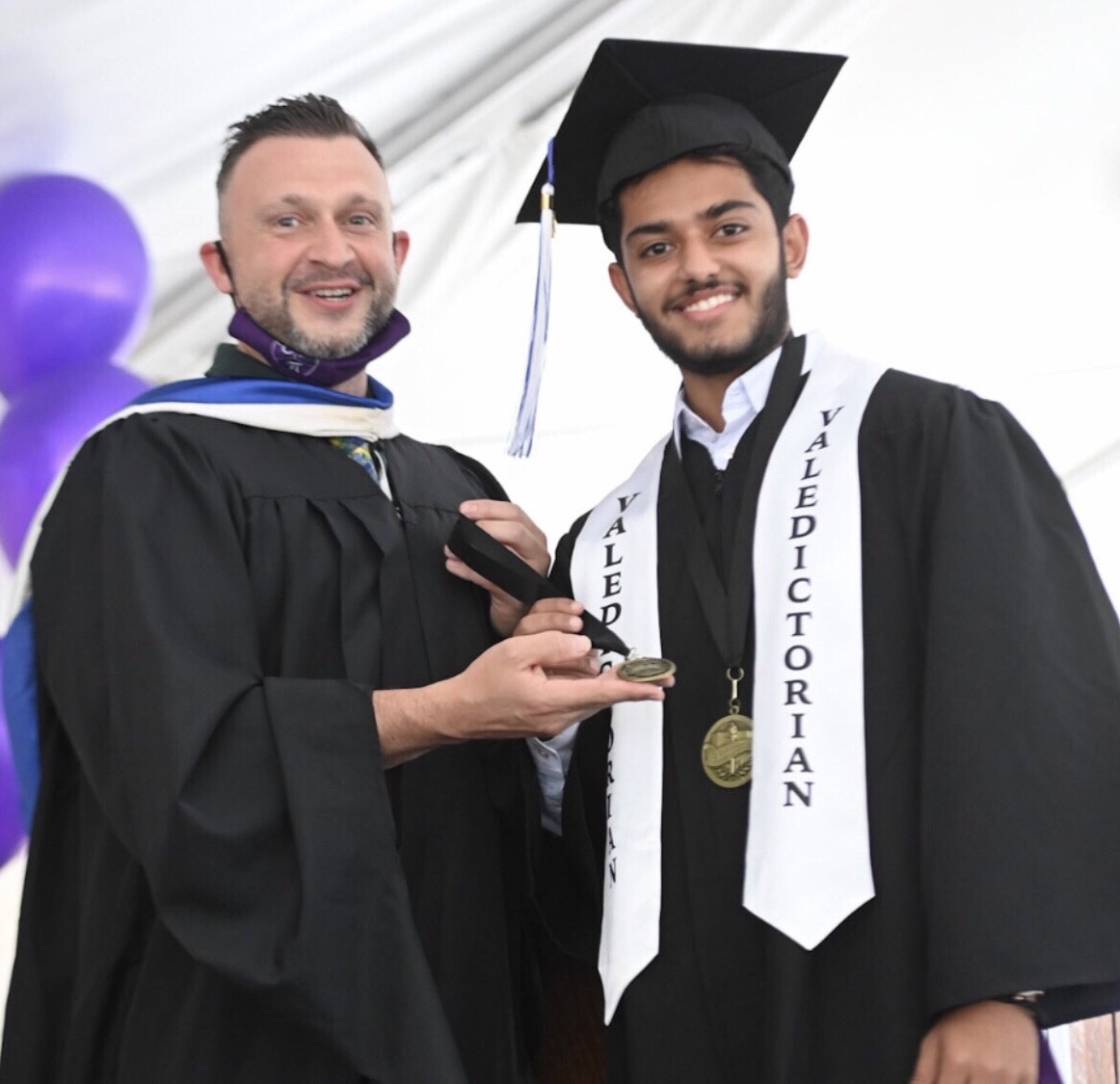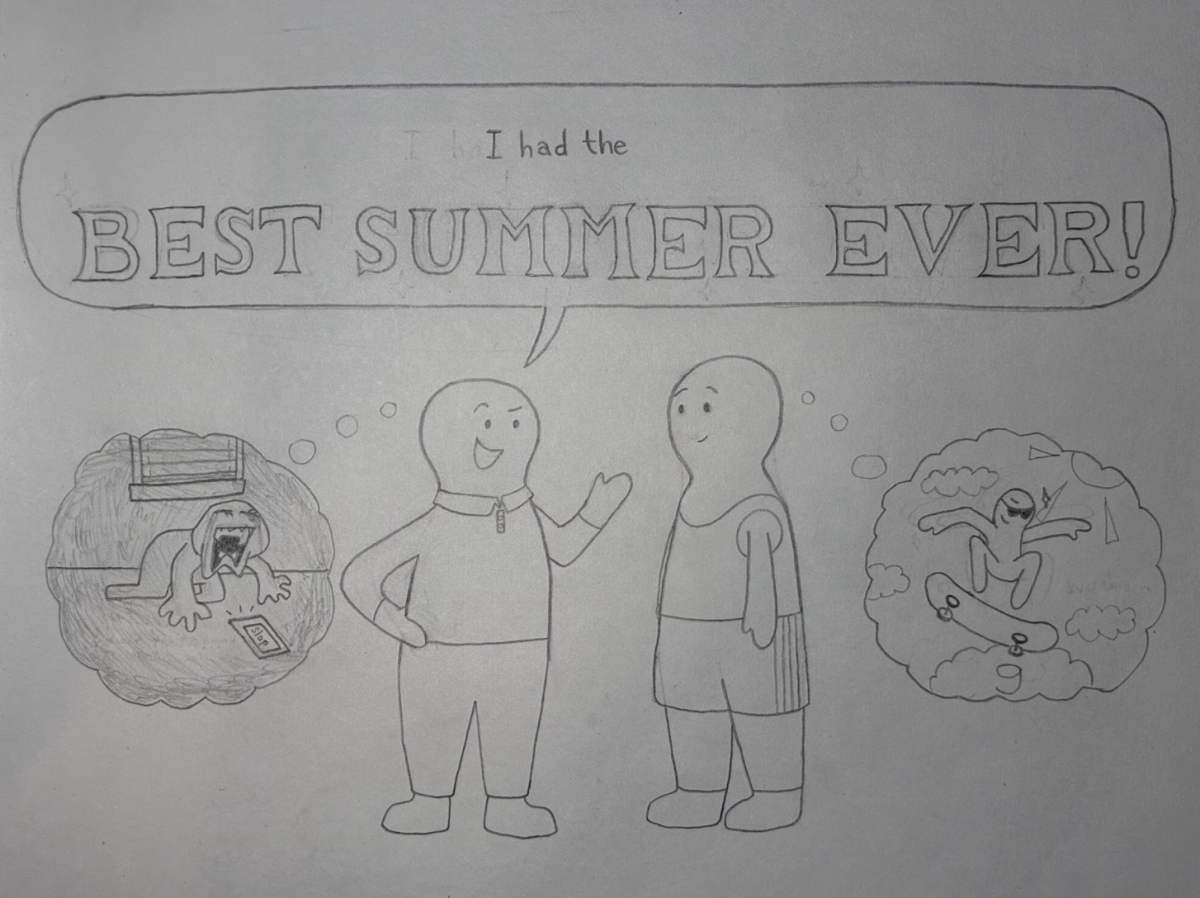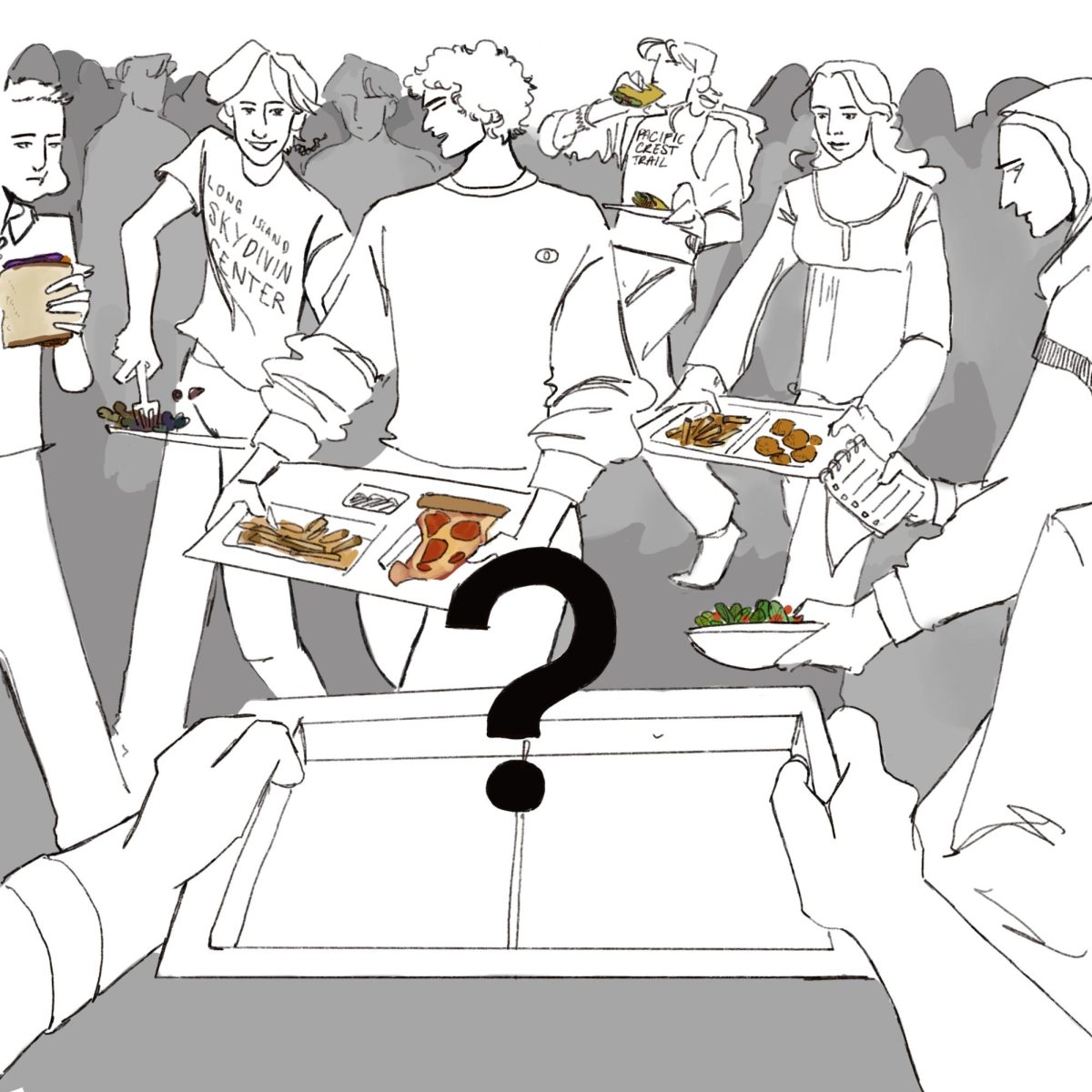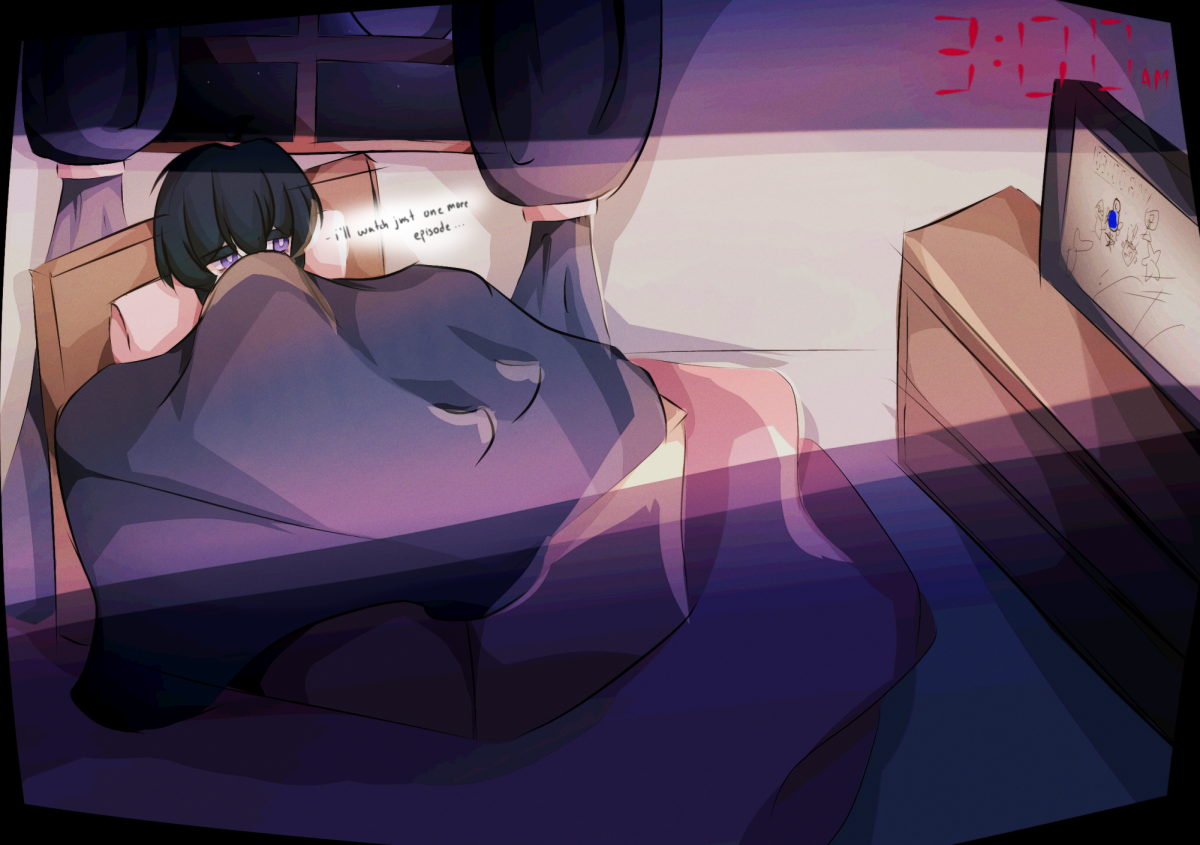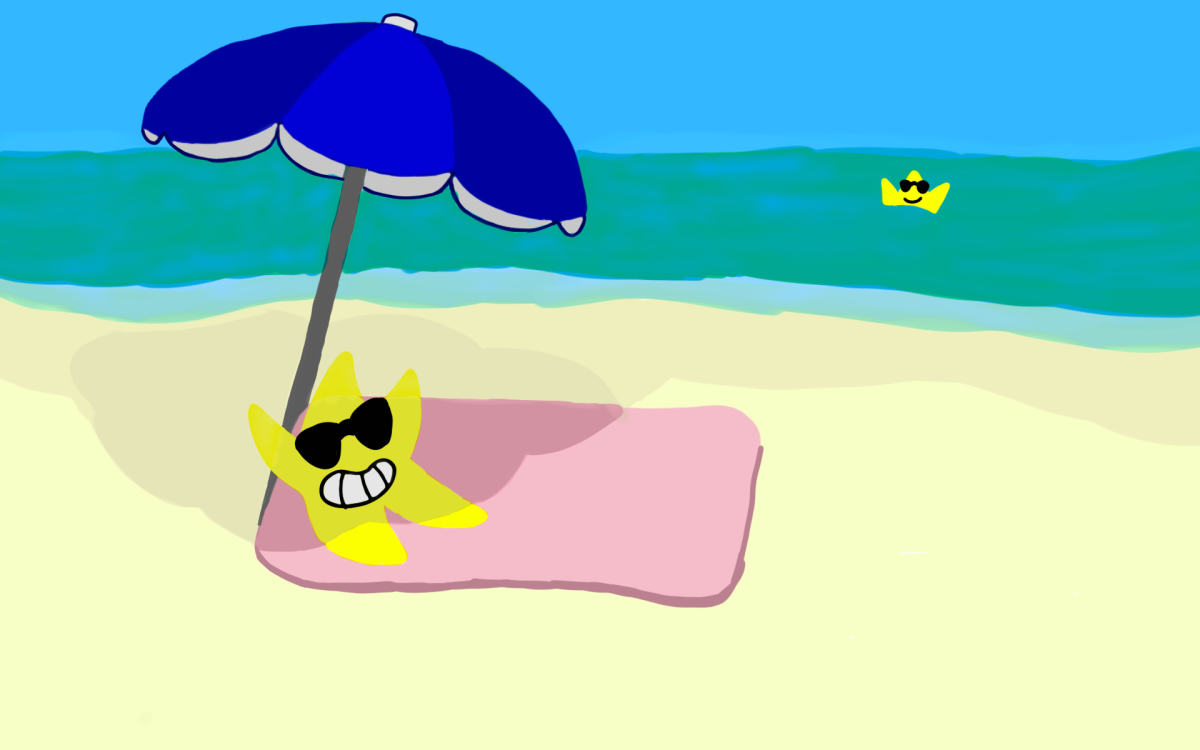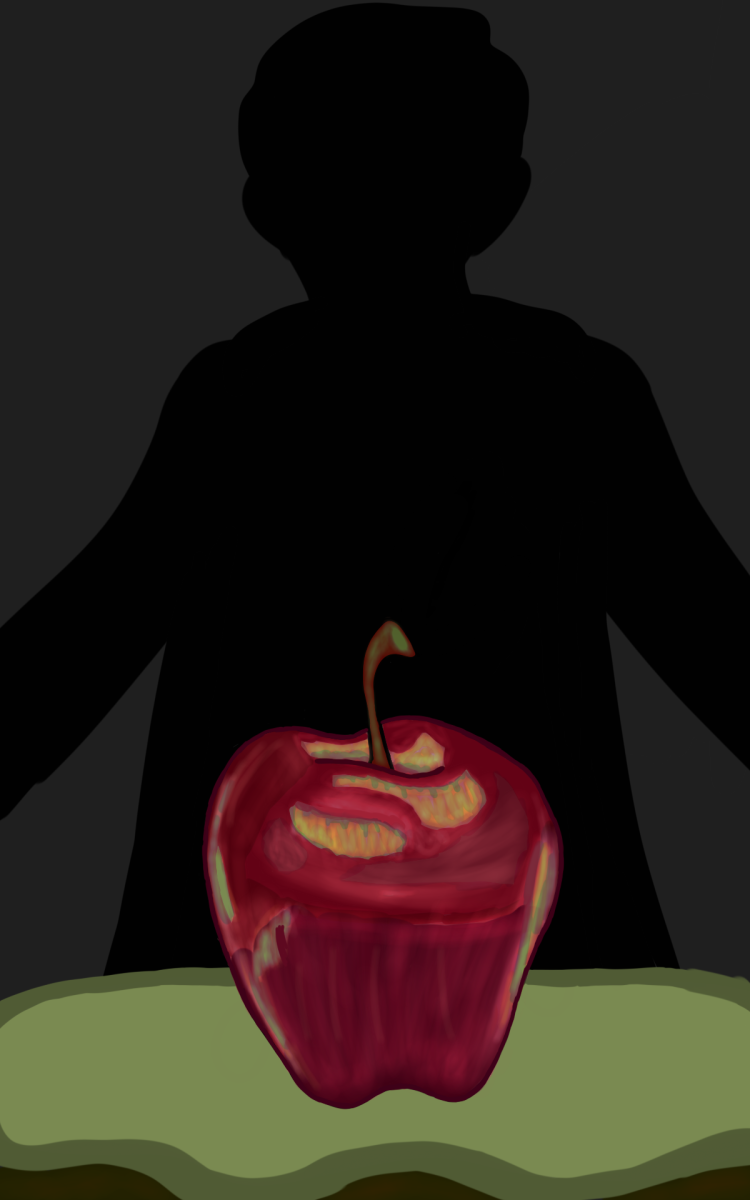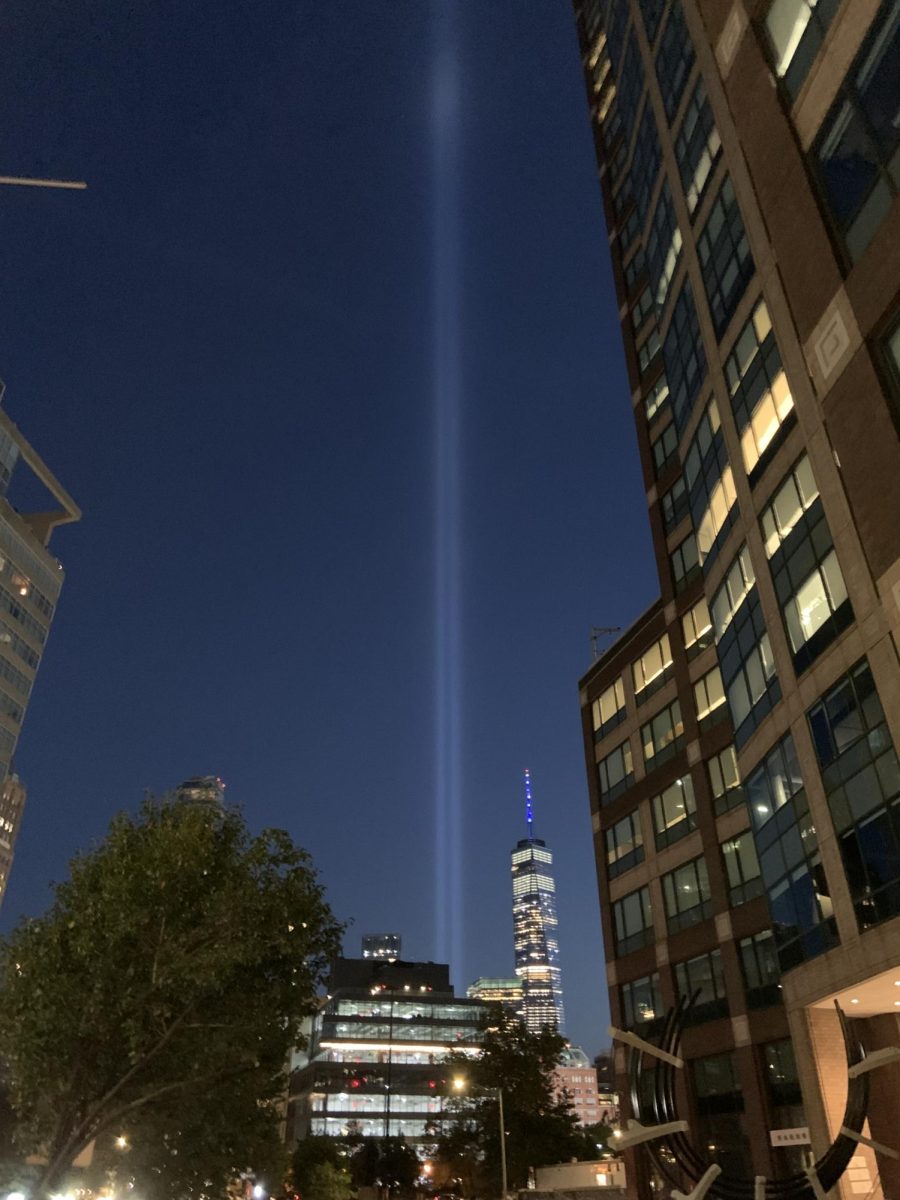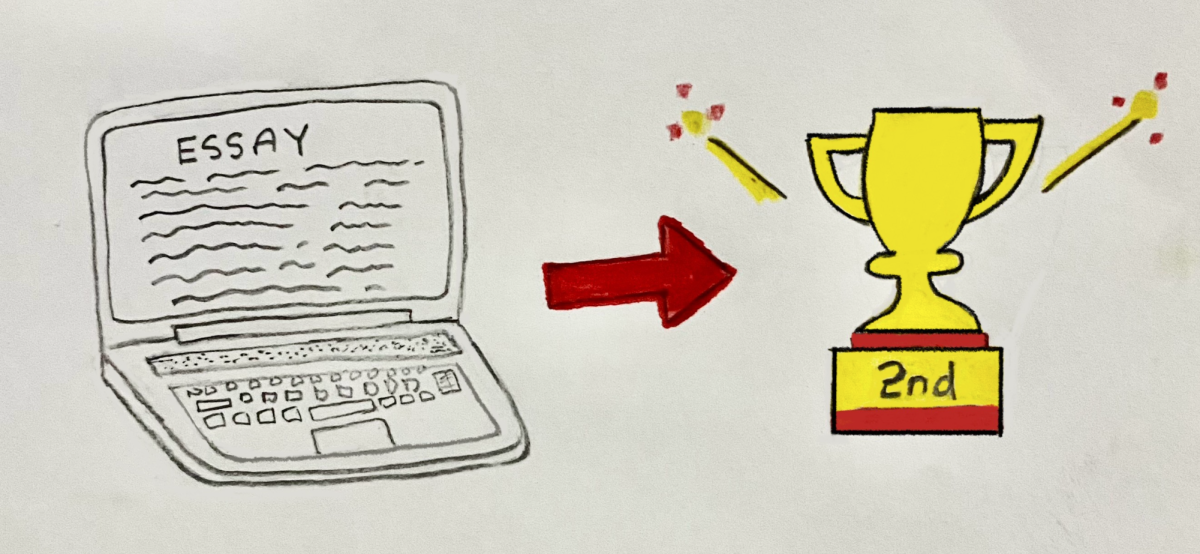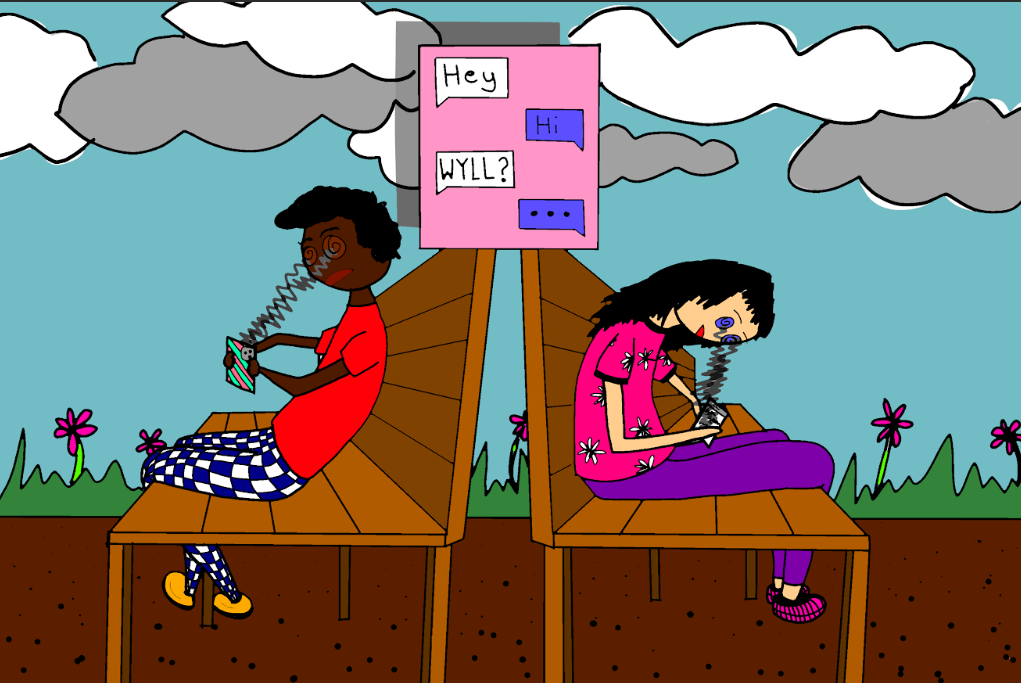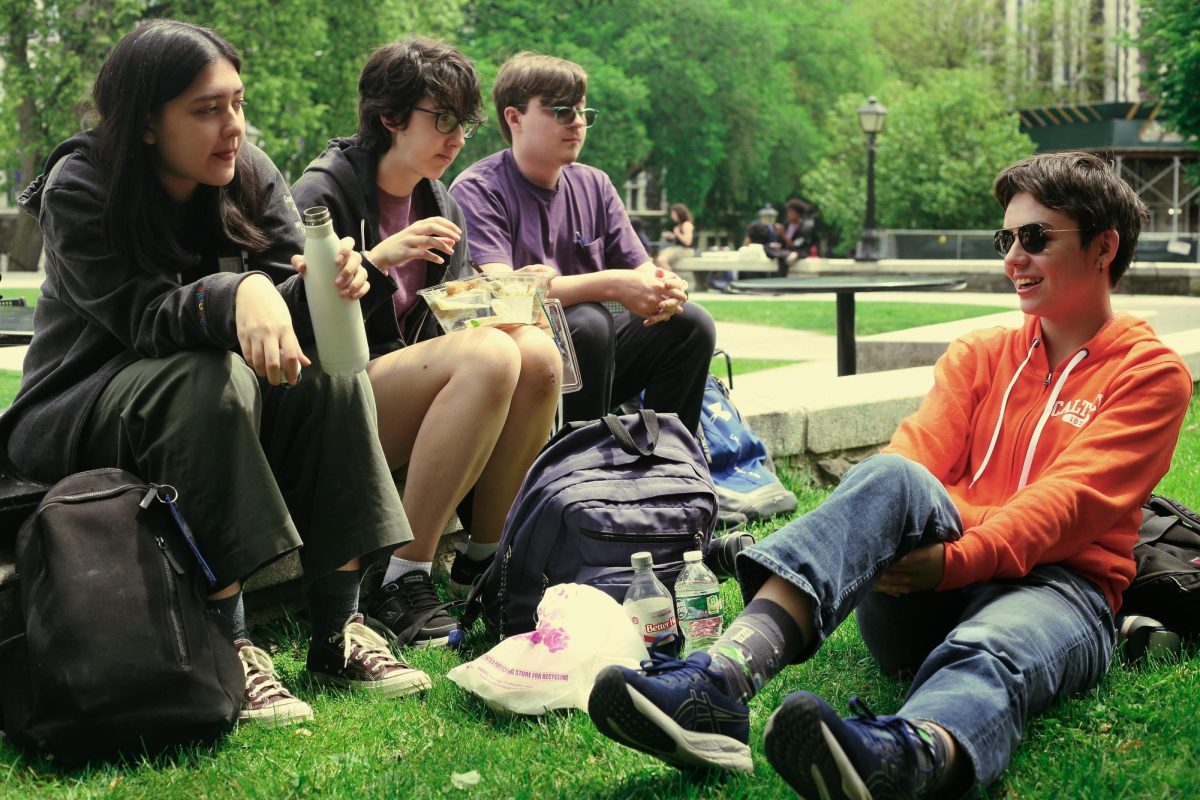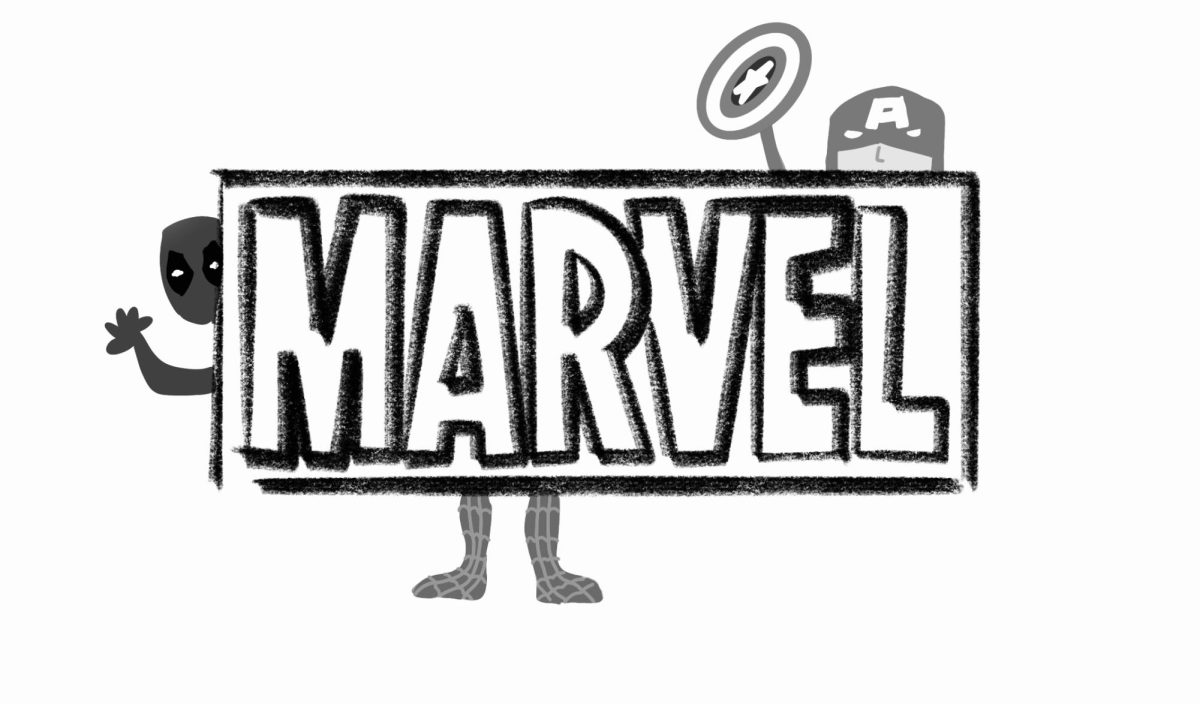A few weeks ago, I decided to go watch Captain America: Brave New World in theaters. It was a pretty good movie—not my favorite Marvel movie, but a pretty good one nonetheless. During the credits, a character’s name caught my eye—Dennis Dunphy, the military commander whom Captain America befriends during the movie. If the name sounds familiar to all you comic nerds out there, it’s because Dennis Dunphy is more than just a military commander in the comics—he’s actually the superhero known as Demolition Man, a former wrestler and a recurring ally of Captain America. Unfortunately, he was killed off by The Leader right before the climax of the movie, but that got me thinking: What other comic heroes have played only a small part in the movies?
I like to categorize these types of features into a few main categories. First off, you have your traditional cameos: characters who show up on screen only for a few seconds, have a few witty remarks, and leave the audience saying, “Wait a minute, did I just see that one sidekick from a few comics in the 2010s?” Then you have characters who serve in minor roles, generally with a few changes to them, but usually keeping their original purpose. Finally, you have characters who share the same name as a major comic hero or villain, but usually are completely changed and serve a completely different purpose. This final category is what I would file Dennis Dunphy in Captain America: Brave New World under, as he doesn’t share much with the Dennis Dunphy from the comics other than being an ally of Captain America and having the same name.
But how much of each category is featured in the MCU? Let’s start off by looking at the traditional cameos. These characters are usually scattered through the movie, only being in one small scene or shot. A lot of these cameos are featured in end credits scenes, such as Howard the Duck in Guardians of the Galaxy; Eros, Pip the Troll, and Blade in Eternals; Clea in Doctor Strange: Multiverse of Madness; and Hercules in Thor: Love and Thunder. However, the thing about cameos in end-credits scenes is that they’re usually teasing the appearance of a character in a future movie. Marvel did that with Adam Warlock during the post-credits scene of Guardians of the Galaxy 2—he later appeared as a main character during Guardians of the Galaxy 3. Because of this, we can likely expect Blade, Clea, and Hercules with main roles in the MCU sooner or later (especially because of the huge impact that Mahersala Ali, Charlize Theron, and Brett Goldstein would have on viewership). Also, we can’t forget about the other major characters being featured in minor scenes, such as Daredevil as Peter Parker’s lawyer in Spiderman: No Way Home; the entirety of X-Force in Deadpool 2 (including Pete, whom we’ll get to in a bit); and Aaron Davis (the Prowler) in Spider-Man: Homecoming.
Next, let’s talk about some characters who have minor roles, but stay true to the comics. When I first created this archetype, one specific character popped into my head right away: Phineas Mason in Spider-Man: Homecoming, known in the comics as the Tinkerer. A recurring enemy of Spider-Man, the Tinkerer is portrayed in Homecoming mostly as a henchman of the Vulture who invents his weapons and sometimes takes his calls. Another example of major characters getting reduced to smaller roles is the appearance of the original Guardians of the Galaxy team in Guardians of the Galaxy 2, most notably Stakar Ogord. While we could technically classify the appearance as a cameo, there’s a reason why I moved them to this category. In Guardians of the Galaxy 2, Stakar doesn’t actually have the same backstory as he does in the comics: here, Stakar is the captain of Yondu’s old Ravager squad, and was not portrayed as an original Guardian of the Galaxy.
Finally, we come to characters who have the same name as another character but have either had major parts of their character altered, or serve a completely different purpose than they do in the comics. One of the most recent instances of this is Ruth Bat-Seraph in Captain America: New World Order, known in the comics as Sabra. In New World Order, Sabra is a former Black Widow who works for the government and helps Captain America track down the Leader. However, her backstory is different in the comics—even though she does work for the government at some points, she is actually a mutant with powers including superhuman strength and speed.
This erasure of mutants seems to be a recurring trend in the translations between the comics and the movies. An example of this is Peter from Deadpool 2, the lovable “normal guy” on X-Force. In the comics, Peter Wisdom is not actually a normal guy at all—he has the ability to shoot thermal energy from his hands. This mutant erasure also happens to Inhumans as well, most notably with Kamala Khan and Kamran in Ms. Marvel. People are aware of Kamala Khan’s origins as an Inhuman, which got completely changed in Ms. Marvel, but Kamran’s story in the comics is also quite different. In the comics, Kamran is also an Inhuman and not a part of the Clandestine like he was in the movie. His motivations are completely different too: he kidnaps her in order to get her to work for Lineage, another Inhuman villain.
However, the removal of mutant or Inhuman backstories aren’t the only major changes that characters have faced. There are a lot of major backstories or plot points of characters that were either flat-out removed or just not addressed. One of the biggest examples is with Jimmy Woo from Ant Man and the Wasp and WandaVision. Not only is he an FBI agent in the comics, but he also founded a superhero team called the Agents of Atlas. There is the possibility that the Agents of Atlas will come to the big screen soon, but since the Agents of Atlas are one of the biggest parts of his character, Jimmy Woo goes into this category for now. Another example is Mac Gargan. Gargan is known in the comics as Scorpion, an adversary of Spider-Man, who wears a mech suit with a mechanical stinging tail. However, during his appearance in Spider-Man: Homecoming, he only shows up for a few minutes during the Staten Island Ferry scene and in the post-credits scene. His Scorpion persona and suit is not present during the film (which is a shame, because a live-action Scorpion suit would look amazing). Other examples of major characters who get completely changed in this way are Krugarr and Eric Savin. Krugarr is a sorcerer who takes over Doctor Strange’s position of Sorcerer Supreme in an alternate universe, demoted to a small cameo in Stakar Ogord’s Ravager squad. Meanwhile, Eric Savin is a former military lieutenant who was turned into a cyborg after dying and hired to hunt Deathlok, later changed in Iron Man 3 to be a war veteran who was one of the first test subjects for Extremis, hired by Aldrich Killian to kidnap the president and killed by Iron Man.
With all these characters having their backstories rewritten, there’s so much possible content being left out. Not only are the mutant and Inhuman storylines being completely deleted, leaving out so many fun characters integral to their stories—such as Ulysses Cain, Lineage, and most of the Genosha mutants—but other superhero teams are useless without them. Sure, we’ve mentioned the Agents of Atlas, but we also have Marvel’s first-ever all-transgender superhero team, which was created by the same Dennis Dunphy who was killed off in Captain America: Brave New World. However, if the MCU can rewrite its characters to remove their essential parts, it can also change it so that these new groups could be led by different characters. Maybe we’ll see someone new don the Scorpion suit or lead the Agents of Atlas. And with Secret Wars essentially resetting the timeline, we’ll just have to wait until the end of Phase 6 to see what comes next.
A history of Major Marvel Comics characters you didn’t know starred in small MCU roles
Julian Nguyen
•
May 18, 2025
